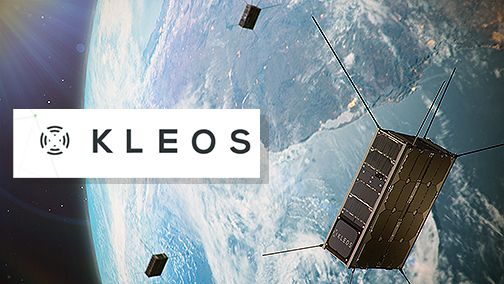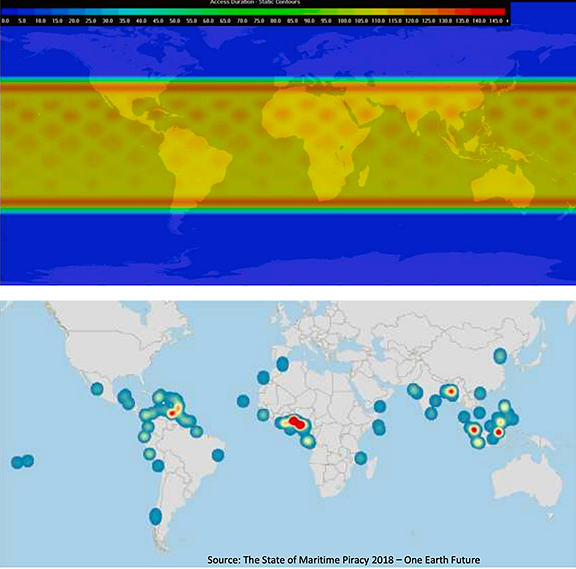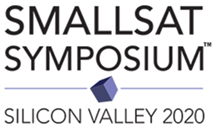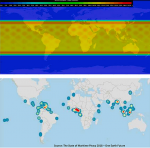
Kleos Space S.A. (ASX: KSS, Frankfurt: KS1) has changed launch providers for the firm’s Scouting Mission1 satellites which will now launch into a 37 degree inclination.
The 37 degree orbital inclination gives the Kleos’ Scouting Mission1 cluster of four satellites improved data collection by a factor of between 2 and 4.5 times over crucial shipping target regions, such as The Strait of Hormuz, South China Sea, and off the North Australia coast, South U.S. coast and East and West African coasts, when compared with the originally planned Sun Synchronous Orbit (SSO).

Following the recent postponement of the launch of Kleos’ Scouting Mission satellites, Kleos investigated other available launch options with launch and mission management provider Spaceflight Inc. that would meet immediate market demand and potentially increase the value of the data collected. Since the original choice of SSO was made over a year ago, the threat level in the equatorial regions has increased and Kleos has made significant progress in engaging the market and securing defence and security customers who have an interest in these regions, where increased coverage provides better data and improved mission critical information for customers.
Keeping within the Q4 2019 launch window, Kleos will now launch under a rideshare contract with Spaceflight Inc. on the PSLV into a 37 degree inclination orbit. The scouting satellites are ready to fly.
The Kleos team has analyzed and confirmed compatibility with the satellites flying in a 37 degree inclination. Unlike most Earth Observation (EO) missions that fly in an SSO to allow for the sun to illuminate their targets for imagery, Kleos technology means its satellites can observe RF transmissions at any time of day because they are not dependent on sunlight.
The Polar Satellite Launch Vehicle (PSLV) is a highly reliable, expendable, medium-lift launch vehicle designed and operated by the Indian Space Research Organisation (ISRO). The original SSO is nearly a polar orbit that maintains its relationship with the sun which is useful for power generation and for missions that rely on illumination of the target. SSO gave full global coverage, with good revisit times of the polar areas.
PSLV C49 is in a 37 degree inclination, which is where the satellites orbit traverses between 37 degrees North latitude and 37 degrees South latitude. The coverage is broadly bounded by Lisbon, Spain, in the North and Melbourne, Australia, in the South and delivers far improved revisit times around the equatorial regions at the expense of coverage in the far North and South.
The graphics below show…
(Top) The potential of data collection by the Scouting satellites in their new orbit the from the key regions of interest with excellent revisit rates when compared with SSO
(Lower) Global maritime illegal activity/piracy hotspots highlighted in The State of Maritime Piracy 2018 report from One Earth Future.

Kleos’ CEO Andy Bowyer said that the change in inclination opportunity allows Kleos to deliver more frequent and higher value coverage for a broad spectrum of users — through defense, security and commercial operations in their key areas of interest when compared to Sun Synchronous Orbit. When a ship goes dark to vanish from global tracking systems, Kleos satellites can locate them through their RF transmissions. In the last month alone, at least 20 ships have switched off their transponders in the Strait of Hormuz to avoid detection. The firm’s customers eagerly await this data.

For all involved in the satellite and space industry and the various market segments that add value to these dynamic environments, the 2020 SmallSat Symposium is truly worth your consideration for attendance.
The SmallSat Symposium is hosted by Satnews Publishers which, since 1983, has been a provider of a satellite news, media and events. This information packed forum was created to enable you and your company to secure a larger portion of market share as well as to take part in the next stages of your company’s or organization’s growth.

The personal connections at the SmallSat Symposium enable attendees to network with established organizations, subject-matter experts as well as ‘New Space’ entrants.
The SmallSat Symposium will focus on new technologies and the business environment that is shaping the implementation of smallsat constellations, smallsat launchers, the challenges facing the smallsat developer and actors as well as the enormous benefits of these advanced technologies that will benefit our world.
This event assembles more than 100 diverse speakers, all of whom possess deep industry experience. Additionally, numerous opportunities exist to mingle and network with peers while enjoying exceptional, complimentary meals and refreshment breakfast.

